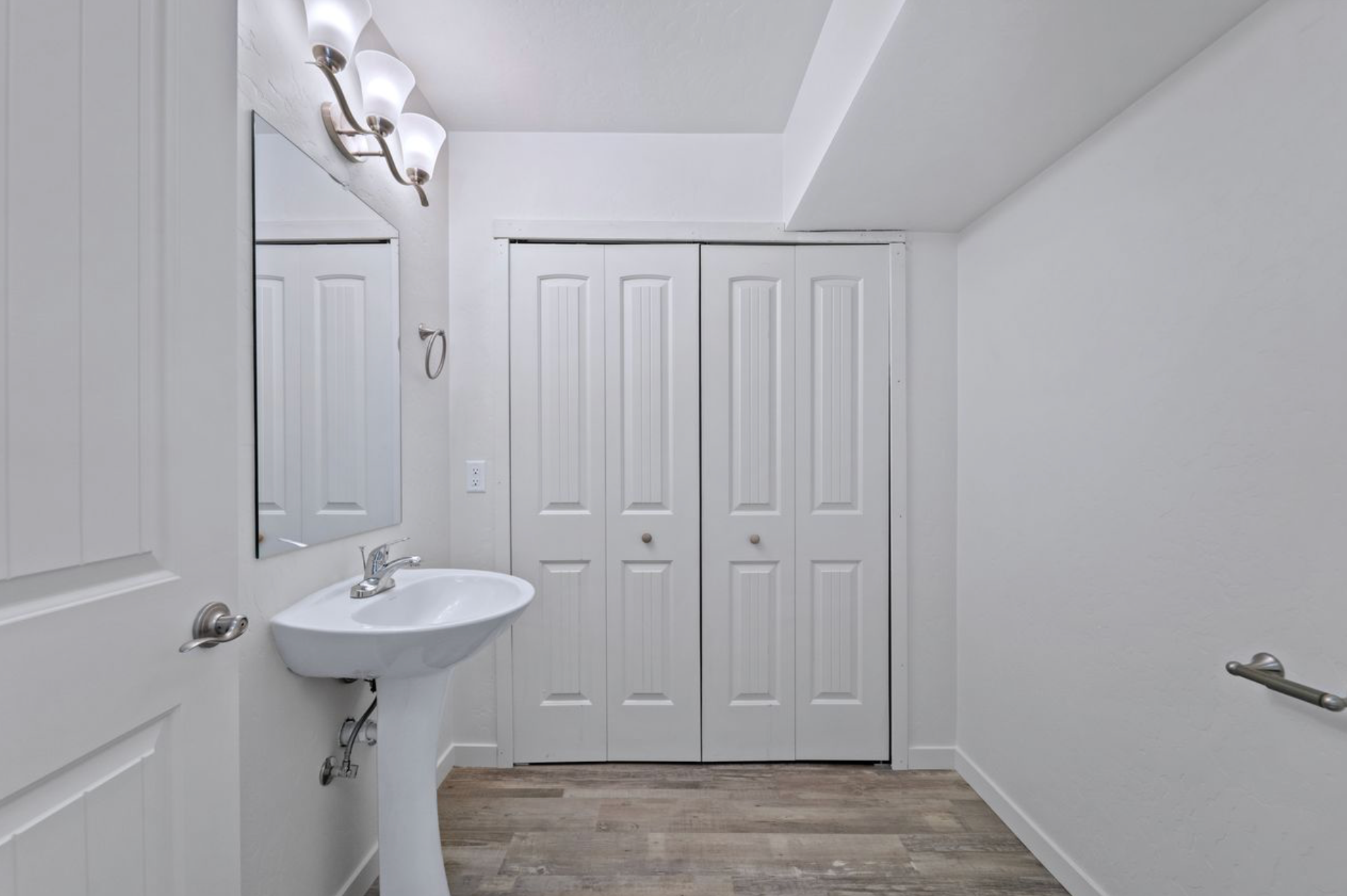Sealing and Insulating

In the pursuit of energy efficiency and environmental sustainability, sealing and insulating play pivotal roles in achieving an ENERGY STAR rating for homes. ENERGY STAR, for those who are first hearing of the label, is a program established by the U.S. Environmental Protection Agency (EPA), which identifies and promotes energy efficient products and practices. For a home to receive this prestigious rating, it must adhere to stringent guidelines, which include comprehensive sealing and insulating measures.
At Senergy Builders, we are dedicated to delivering unparalleled results with our advanced sealing and insulating practices. You can trust in our team of experts to ensure that your home meets the highest standards of energy efficiency and comfort. By choosing
Senergy Builders for your construction project, you’re not only investing in outstanding craftsmanship but also contributing to a more sustainable future. Trust us to enhance your living space with our commitment to quality and environmental responsibility.
The Sealing Process
Effective sealing is foundational to achieving an ENERGY STAR rating and involves addressing various areas where air leaks commonly occur.
Identifying Air Leaks
The first step in the sealing process is to identify areas where air leaks are present. Common culprits include gaps around windows and doors, electrical outlets, and plumbing fixtures. Tools like a thermal imaging camera or a simple smoke pencil can help in detecting these leaks.
Sealing Gaps and Cracks
Once identified, these gaps and cracks should be sealed using appropriate materials. Caulking is often used for smaller gaps around windows and doors, while expanding foam sealants are suitable for larger gaps and cracks. Proper application ensures a tight seal, preventing air from escaping or entering.
Weatherstripping
For doors and windows, weatherstripping is an effective method to improve sealing. This involves applying strips of material around the edges to create a tight seal when the door or window is closed. Various types of weatherstripping materials are available, including foam, rubber, and vinyl.
Insulating Ductwork
Ductwork is another critical area for sealing. Leaky ducts can lead to significant energy loss, so sealing and insulating ducts helps to ensure that conditioned air is delivered efficiently to all parts of the home. This can be done using duct sealant or metal tape.
The Insulating Process
Insulation is crucial for enhancing a home’s thermal resistance and overall energy performance.
Choosing the Right Insulation
There are several types of insulation materials to choose from, each with its benefits. Fiberglass batts and rolls are common for their affordability and ease of installation. Spray foam insulation provides excellent air sealing and high R-values, making it a popular choice for both new constructions and retrofits. Cellulose insulation, made from recycled paper, offers a sustainable option with good thermal performance.
Insulating Attics and Walls
Proper insulation of attics and walls is essential for maintaining consistent indoor temperatures. In attics, insulation should be installed between the joists, and in walls, it should be placed within the cavities. Ensuring that these areas are well-insulated helps to minimize heat transfer and improve overall efficiency.
Insulating Floors
Floors, especially those over unconditioned spaces like crawl spaces or basements, should also be insulated to prevent heat loss. This can be achieved using fiberglass batts or rigid foam boards, which help to maintain warmth in the living areas above.
Ensuring Proper Installation
The effectiveness of insulation largely depends on proper installation. Gaps, compression, or incorrect placement can reduce the performance of the insulation. Therefore, it’s important to follow manufacturer guidelines and consider professional installation if necessary.

Benefits of Sealing and Insulating
Of course, sealing and insulating offer a multitude of benefits, significantly contributing to both the energy efficiency and overall comfort of a home. Let's delve into them!
Energy Efficiency
One of the primary advantages of proper sealing and insulating is reduced energy consumption. By sealing gaps and cracks around windows, doors, and other penetrations, you prevent drafts and air leaks. This means that your heating and cooling systems don’t have to work as hard to maintain a comfortable temperature, leading to lower energy bills. Insulation, on the other hand, helps to maintain the desired indoor temperature by providing a barrier to heat flow. This dual approach ensures that energy is used more efficiently, aligning with ENERGY STAR’s commitment to reducing energy usage.
Cost Savings
Energy efficiency directly translates into financial savings. Homeowners who invest in high-quality sealing and insulation can expect to see a noticeable reduction in their utility bills. Over time, these savings can offset the initial costs of installation and contribute to long-term financial benefits. Additionally, ENERGY STAR-rated homes often enjoy increased resale value due to their energy-efficient features, making these investments not just cost-effective but also potentially lucrative.
Enhanced Comfort
Proper sealing and insulating create a more comfortable living environment by eliminating drafts and maintaining a consistent indoor temperature. This contributes to a more stable and pleasant atmosphere within the home, free from the discomfort of cold spots or fluctuating temperatures.
Improved Indoor Air Quality
Sealing and insulating also have a positive impact on indoor air quality. By reducing air leaks, these practices help to limit the infiltration of outdoor pollutants, allergens, and moisture. This leads to a healthier indoor environment, which is particularly beneficial for individuals with respiratory conditions or allergies.
Environmental Impact
An ENERGY STAR-rated home contributes to environmental sustainability by reducing overall energy consumption and greenhouse gas emissions. By enhancing the energy efficiency of a home, sealing and insulating play a crucial role in minimizing the carbon footprint associated with heating and cooling.
Choose Senergy Builders
Our sealing and insulating practices for a home with Senergy Builders not only contribute to significant energy and cost savings but also enhance indoor comfort and air quality. By addressing gaps, cracks, and ensuring comprehensive insulation, our homeowners can enjoy a more efficient, comfortable, and environmentally friendly living space.
Embracing these measures is not just about meeting standards but about investing in a sustainable future and reaping the ultimate benefits of energy efficiency. Contact us today to start your journey towards a more efficient, comfortable, and eco-friendly home!
Thank you for reading and enjoy the rest of your week!
You might also like



